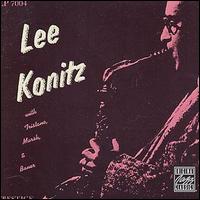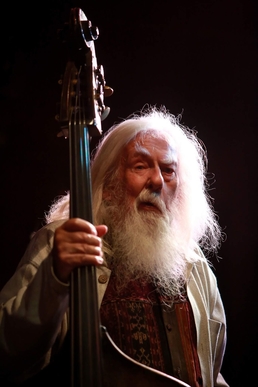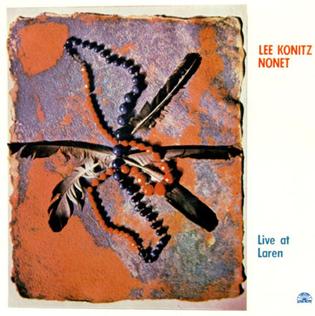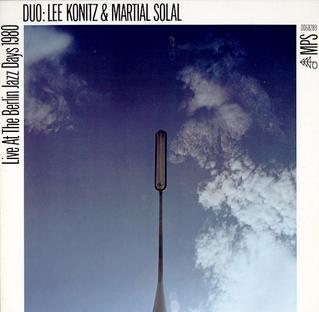
Leon "Lee" Konitz was an American jazz alto saxophonist and composer.

Leonard Joseph Tristano was an American jazz pianist, composer, arranger, and teacher of jazz improvisation.

Warne Marion Marsh was an American tenor saxophonist. Born in Los Angeles, his playing first came to prominence in the 1950s as a protégé of pianist Lennie Tristano and earned attention in the 1970s as a member of Supersax.

Subconscious-Lee is a jazz album by Lee Konitz although a few tracks were issued on 78rpm under Lennie Tristano's name. It was recorded in 1949 and 1950, and released on the Prestige label.
Alan Levitt was an American jazz drummer.

Peter Ind was a British jazz double bassist and record producer.
"Intuition" is the title of a free improvisation by the Lennie Tristano quintet. It was recorded on May 16, 1949, and is credited as being one of the first two freely improvised jazz recordings, along with "Digression".

The New Tristano is an album by jazz pianist Lennie Tristano. It was recorded in 1961 and was released by Atlantic Records in February 1962.

Crosscurrents is an album by jazz pianist Lennie Tristano. The sides were recorded in 1949 and the album released by Capitol in 1972. The album was inducted into the Grammy Hall of Fame in 2013.

Spirits is an album by American jazz saxophonist Lee Konitz recorded in 1971 and released on the Milestone label.

Figure & Spirit is an album by American jazz saxophonist Lee Konitz, recorded in 1976 and released on the Progressive label.

Live at Laren is a live album by American jazz saxophonist Lee Konitz's Nonet recorded in 1979 by Dutch Broadcasting, NOS -Hilversum and released on the Italian Soul Note label in 1984.

Live at the Berlin Jazz Days 1980 is a live album featuring a memorial concert for Lennie Tristano by saxophonist Lee Konitz and pianist Martial Solal which was recorded at the Berliner Philharmonie by Sender Freies Berlin as part of the Berliner Jazztage in 1980 and released on the MPS label in 1982. The album was also released in the US on Pausa Records.

Star Eyes, Hamburg 1983 is a live album by saxophonist Lee Konitz and pianist Martial Solal which was recorded in Germany in 1983 by Norddeutscher Rundfunk and released on the HatOLOGY label in 1998.

Lunasea is an album by saxophonist Lee Konitz and pianist Peggy Stern which was recorded in 1992 and released on the Italian Soul Note label.

Ne Plus Ultra, is an album by saxophonist Warne Marsh recorded in 1969 and originally released on the Revelation label in 1970 before being rereleased on CD the Swiss HatOLOGY label in 2006 with a bonus track.

Warne Marsh Quintet: Jazz Exchange Vol. 1, is a live album by saxophonist Warne Marsh's Quintet featuring Lee Konitz and Niels-Henning Ørsted Pedersen which was recorded at the Jazzhus Montmartre in late 1975 and released on the Dutch Storyville label.

Warne Marsh Lee Konitz: Jazz Exchange Vol. 3, is a live album by saxophonists Warne Marsh and Lee Konitz which was recorded at the Jazzhus Montmartre in late 1975 and released on the Dutch Storyville label in 1985.

Dig-It is an album by saxophonists Lee Konitz and Ted Brown recorded in 1999 and released on the Danish SteepleChase label.

Costumes Are Mandatory is a studio album by American jazz pianist Ethan Iverson recorded with saxophonist Lee Konitz, bassist Larry Grenadier, and drummer Jorge Rossy. The album was recorded in 2012 and released by the HighNote label the following year, on July 23, 2013.


















